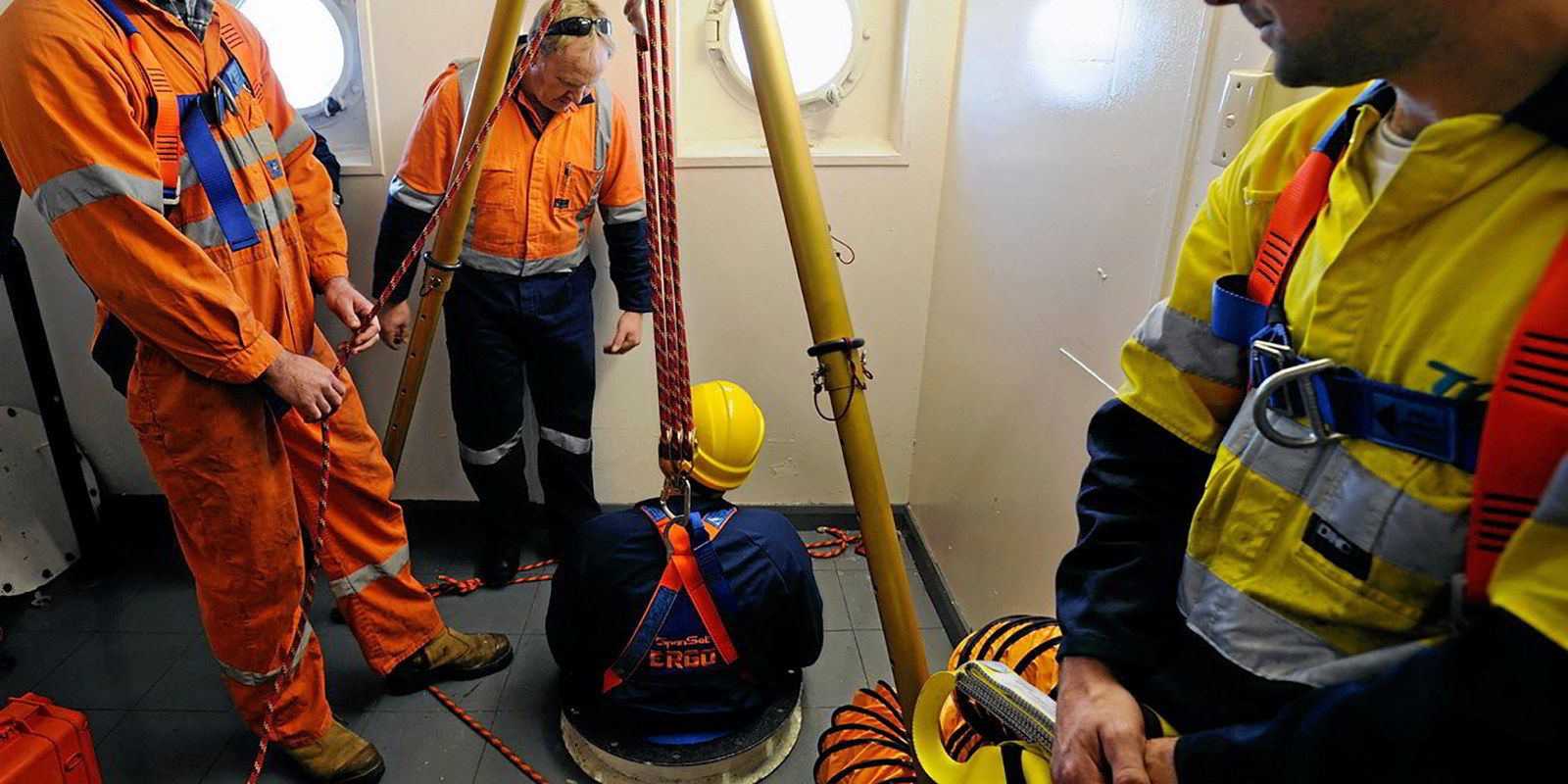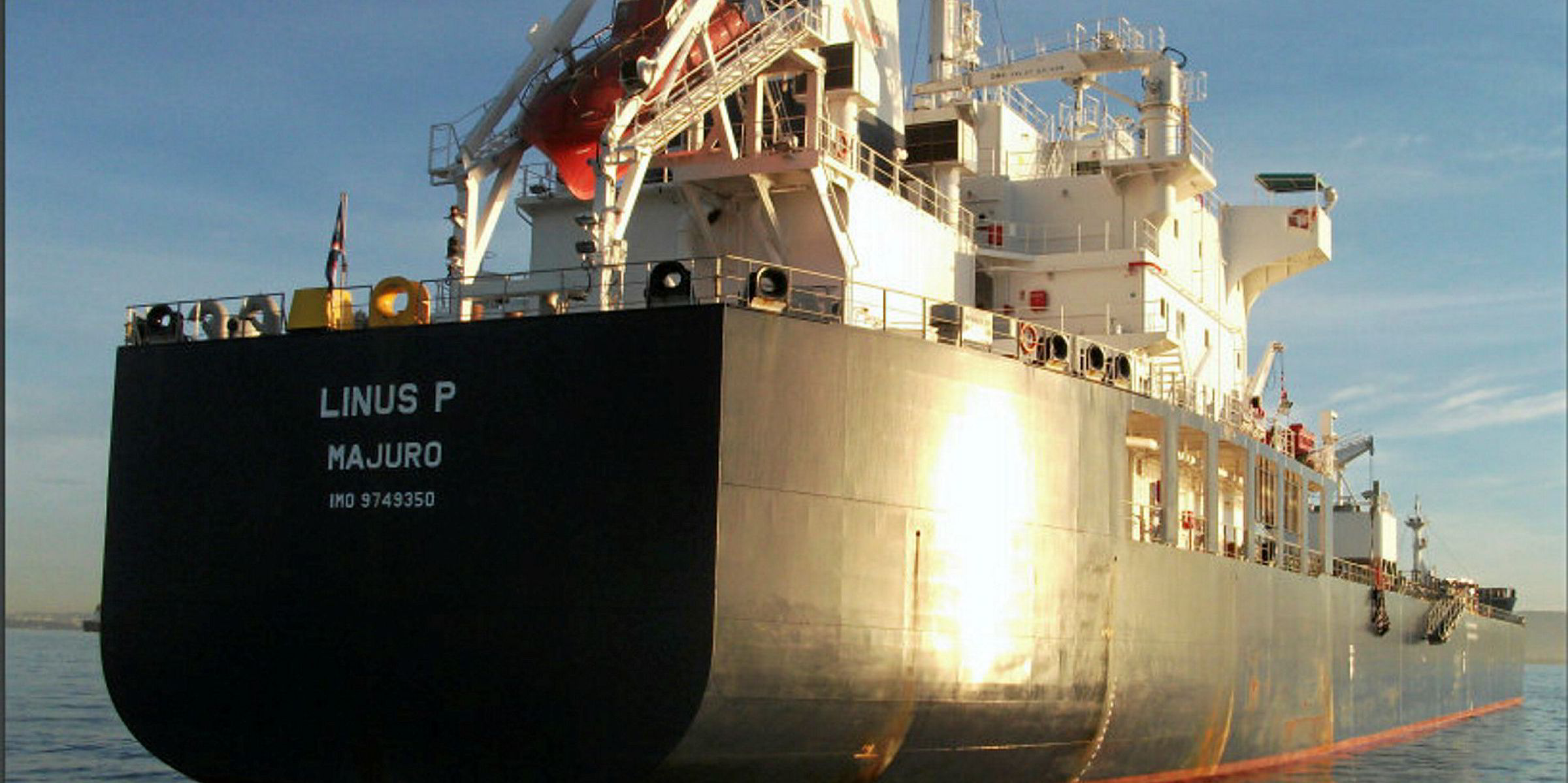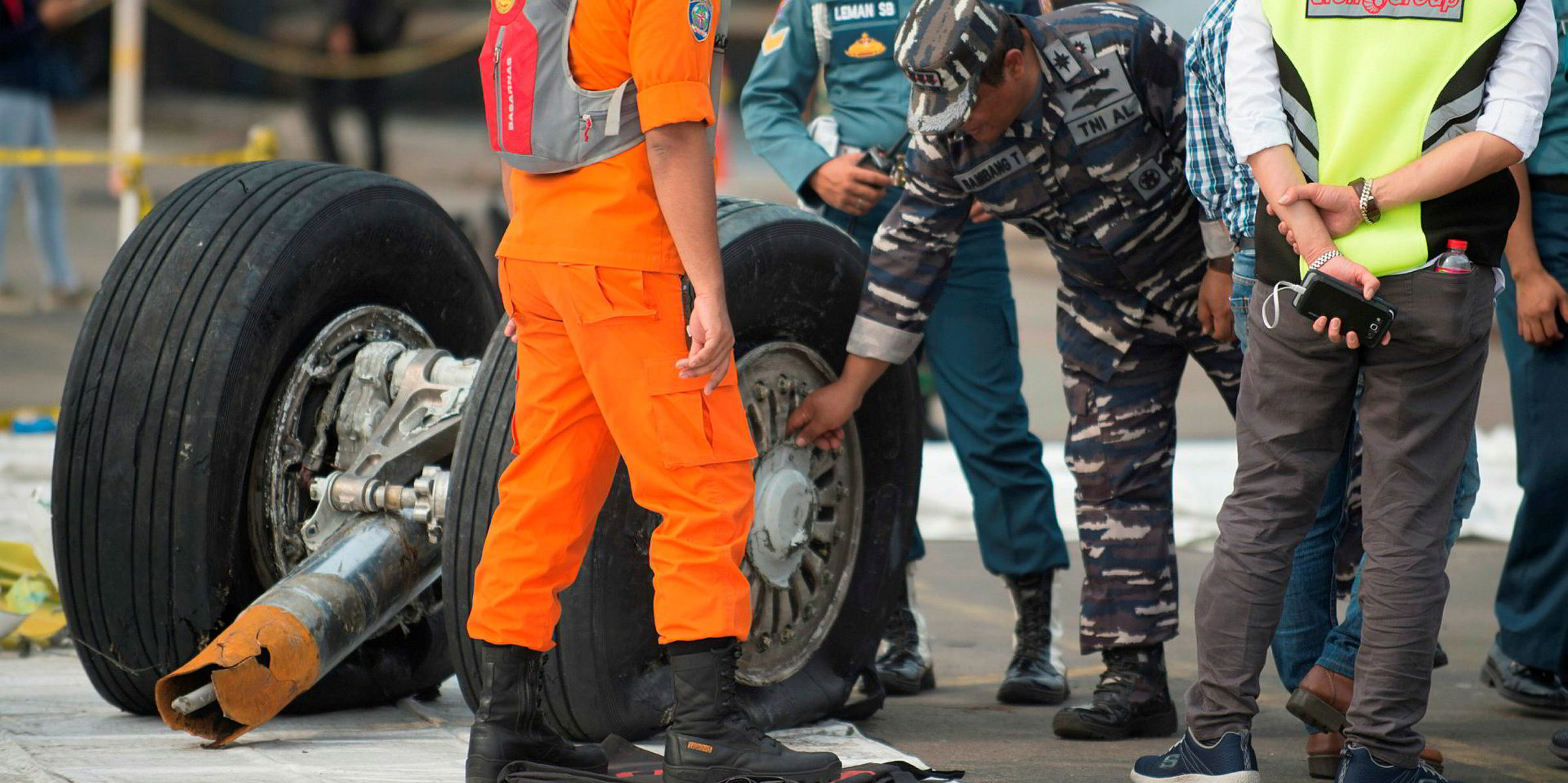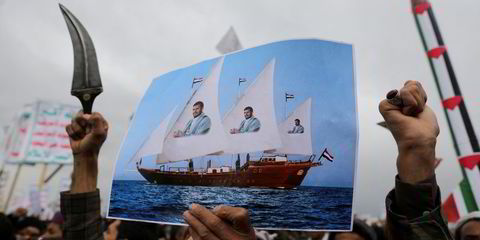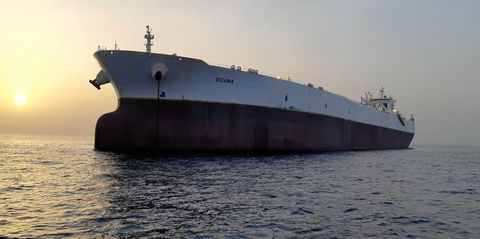The threat to seafarers entering toxic enclosed spaces is being compounded by the Covid-19 pandemic, the Standard Club has warned.
Deaths in enclosed spaces have been a major issue in shipping for decades.
But the number of incidents and fatalities caused by toxic gases or oxygen depletion has not decreased since the International Maritime Organization introduced measures in 2012 to tackle the problem.
The Standard Club’s loss-prevention team believes the pandemic has led to an increased threat to seafarers in the dry bulk trades.
It said travel and quarantine restrictions are preventing professional qualified fumigators from accessing bulkers to treat cargoes and toxic materials.
Instead, the job is being entrusted to seafarers who have not been adequately trained in how to fumigate cargoes — such as logs — in cargo holds, and who are not fully aware of the dangers.
Standard Club senior surveyor Akshat Arora said fumigation has caused at least one death recently.
“A couple of weeks ago, we heard of one AB [able seaman] dying while handling fumigant,” Arora said. “It usually requires several months’ specialist training but now, because of Covid, we see seafarers being asked to handle it without the training.”
In 2012, the new IMO regulations made it mandatory for atmosphere monitors to be carried on board ships and for regular drills to be carried out.
But many gas monitors do not cover all of the potentially toxic cargoes that are carried.
“We often see that the number of gas monitors is not specified, or they are often kept in the master’s cabin simply for inspection purposes,” Arora said. “If there is a fumigant, the gas detectors for that fumigant need to be supplied. The gas detector needs to be suitable for the risk.”
Tick-box exercises

Officers' union Nautilus International has described the industry’s continuing high fatality record in this area as a “scandal”.
Quoting figures from an International Dry Bulk Terminals Group survey, it revealed that there has been no let-up in the number of accidents and deaths in enclosed spaces. Between 1991 and 2018, the study found that at least 106 people lost their lives and many more were seriously injured in 71 accidents on bulkers.
Fatalities often involve seafarers coming to the rescue of colleagues who have been overcome by toxic atmospheres or oxygen depletion, and then falling victim themselves.
A concentrated inspection campaign by the Tokyo and Paris port state control authorities in 2015 found that failings with enclosed-space entry-rescue drills are the largest deficiency leading to detentions, accounting for 49 out of 71 such events.
Yves Vandenborn, loss-prevention director at the Standard Club, said that although the IMO requires regular safety drills, many end up becoming “tick-box exercises”.
“We have to be careful we don’t blame the seafarer or end up saying he has been stupid,” he said. “The charterer might not have provided the right equipment, or the master might be under time pressure because of the excessive check lists he has to carry out.
“The master might be pushing crew to quickly check enclosed spaces, or the design of the ship might mean it is not possible for the crew to carry out the right ventilation.”
Vandenborn said enclosed-space incidents can lead to the creation of excessive onboard training and checklists.
“More is not always better,” he said. “Drills should be realistic and varied because, when they are not properly done, they can have no effect.”
Vandenborn is also concerned that incidents seem to be more prevalent on bulkers than on tankers, which he put down to a lack of financial resources and investment by the dry sector.
